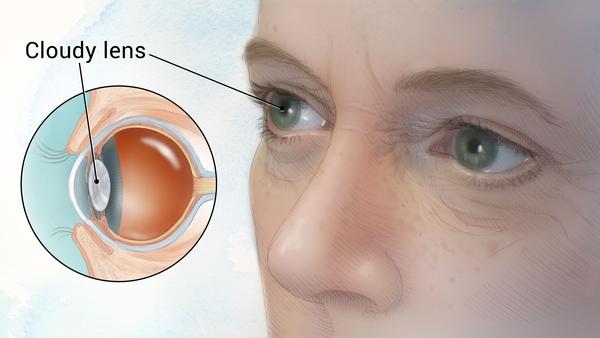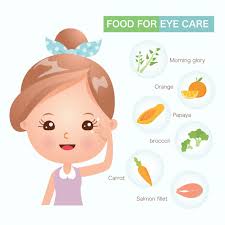
Cataract — Most Common Cause for Vision Loss
Eye disorder that can occur with little warning is a cataract, which is clouding of the lens within the eye. The lens is composed of water and protein. The protein is arranged so that light can pass through and focus on the retina. If the protein clumps together, however, it starts to cloud over a small area of the lens. In time, this cloudy mass of protein — called a cataract — can grow larger, making it hard to see. That's when it becomes a problem.
Cataracts are painless. Often people with cataracts begin to complain about glare. "When these people have bright lights shined on them, their vision may drop rather dramatically." Colors may seem faded, and eyeglasses or contact lenses may need frequent changing. People with cataracts may need increased light to read.
If the cataract worsens surgery may be necessary to remove the cloudy lens and replace it with a new lens.

